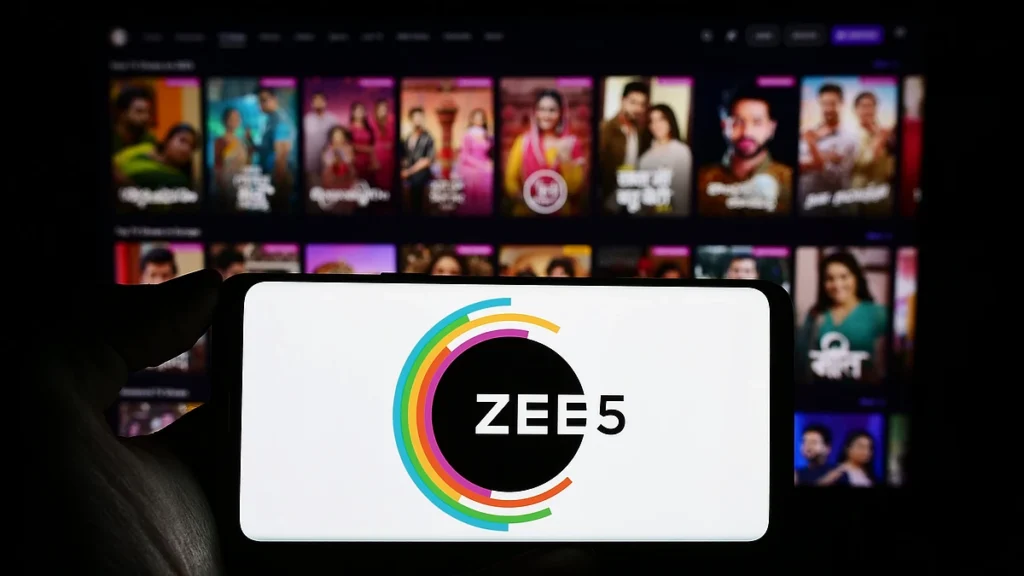Zee Entertainment Shares Surge on Strategic Partnership with Content Startup Bullet to Launch Micro-Drama App
Shares of Zee Entertainment Enterprises witnessed a notable rise on June 10 following the announcement of a strategic collaboration with content startup Bullet to develop a micro-drama app centered on short-format entertainment. The stock gained momentum, reaching an intraday high of Rs 135.56 on the NSE, up 6.39%, before settling at Rs 130.95—an increase of 2.77% around 11 am. This marked the second consecutive day of gains for Zee’s shares. Trading activity showed 8.36 lakh shares exchanged, generating a turnover of Rs 11.11 crore. On the NSE, nearly 2.7 crore Zee shares had traded by 11:15 am. The company’s market capitalization stood at Rs 12,582.80 crore, according to BSE data. In an official regulatory filing on June 9, Zee Entertainment announced its partnership with Bullet, a content and technology startup, to launch the micro-drama app within the ZEE5 platform. This integration aims to deliver short-form entertainment directly to ZEE5’s extensive user base, enhancing viewer engagement. The app will incorporate AI-powered pricing and performance prediction models to optimize content acquisition and distribution. Additionally, it will feature gamification elements designed to boost user retention and loyalty through rewards, alongside a creator-driven content pipeline enabling independent creators and studios to monetize their work effectively. A Zee Entertainment spokesperson stated, “Our collaboration with Bullet is focused on identifying innovative content formats and scaling them across our platforms to create a competitive edge and drive stronger monetization.” Azim Lalani, Co-Founder and Chief Business Officer of Bullet, highlighted the growing appeal of “snacky content” that captures brief attention spans. He said, “The next evolution in content consumption will emphasize creators who can evoke intrigue and emotions in bite-sized formats.” The announcement also positively impacted the broader market, with the Nifty Media index rising 1.2%, buoyed by gains across all nine index members. Zee Entertainment emerged as the top performer in the index during the session. The company recently reported a sharp jump in consolidated net profit for Q4 FY25, soaring 1,305% year-on-year to Rs 188 crore from Rs 13.4 crore in the same quarter last year. Revenue grew modestly by 1.6% to Rs 2,220 crore compared to Rs 2,185.3 crore in the prior year period. Source: Moneycontrol



